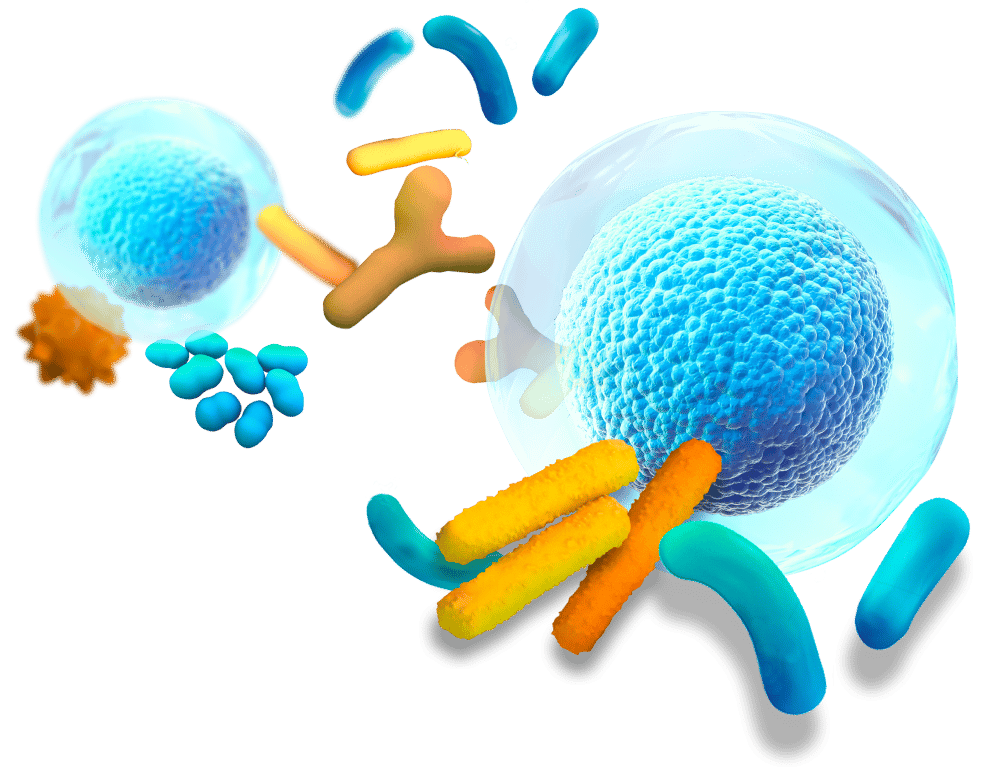Human breast milk (BM) donated to human milk banks is the sole diet for preterm infants when maternal BM is not available
Pasteurization of donated breast milk is an essential step to inactivate pathogens to ensure microbial safety for preterm babies. The study of intestinal motility can be used to optimize pasteurization processes.
High hydrostatic pressure (HHP) processing is a non-thermal method proposed as an alternative to Holder pasteurization (HoP) for the sterilization of BM.
HHP preserves numerous milk bioactive factors that are degraded by HoP, but no data are available for milk apelin and glucagon-like peptide 1 (GLP-1), two hormones directly implicated in the control of glucose metabolism directly and via the gut-brain axis. This study aims to determine the effects of HoP and HHP processing on apelin and GLP-1 concentrations in BM and to test the effect of oral treatments with HoP- and HHP-BM on intestinal contractions and glucose metabolism in adult mice.
Methods :
Mice were treated by daily force-feeding with HoP- or HHP-BM during one week before intestinal contractions, and glucose tolerance was assessed. The mRNA expression of enteric neuronal enzymes known to control intestinal contraction was measured.
Results :
HoP-BM displayed a reduced concentration of apelin and GLP-1, whereas HHP processing preserved these hormones close to their initial levels in raw milk. Chronic HHP-BM administration to mice increased ileal mRNA nNos expression level leading to a decrease in gut contraction associated with improved glucose tolerance.
Conclusion :
In comparison to HoP, HPP processing of BM preserves both apelin and GLP-1 and improves glucose tolerance by acting on gut contractions. This study reinforces previous findings demonstrating that HHP processing provides BM with a higher biological value than BM treated by HoP.
Source : Wemelle E, Marousez L, de Lamballerie M, Knauf C, Lesage J. High Hydrostatic Pressure Processing of Human Milk Increases Apelin and GLP-1 Contents to Modulate Gut Contraction and Glucose Metabolism in Mice Compared to Holder Pasteurization. Nutrients. 2022 Jan 5;14(1):219. doi: 10.3390/nu14010219. PMID: 35011094; PMCID: PMC8747192.

